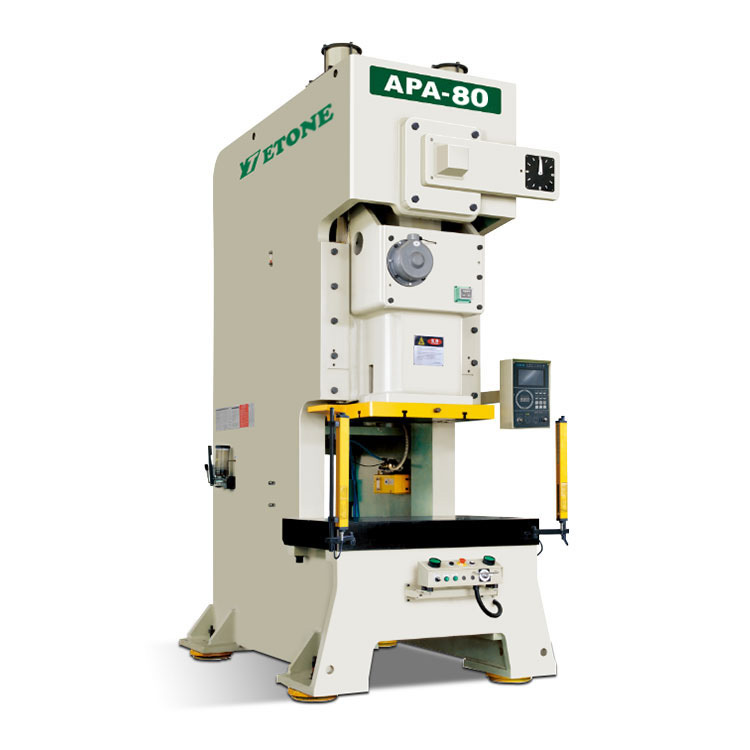Unleashing Power: The Impact of Tonnage Capacity on Press Machine Performance and Capabilities
2023-11-14
Introduction:
In the realm of manufacturing and metalworking, the tonnage capacity of a press machine stands as a defining factor that determines its prowess and versatility. The force exerted by a press machine, measured in tons, has a direct impact on its performance and capabilities. In this blog post, we'll explore the significance of tonnage capacity and how it influences the dynamic world of press machines.
Understanding Tonnage Capacity:
Tonnage capacity refers to the maximum force a press machine can exert during its operation. It is a pivotal specification that significantly influences the types of materials a machine can work with, the intricacy of forming processes it can handle, and the overall range of applications it is suited for.
Impact on Material Processing:
The tonnage capacity of a press machine directly affects its ability to process materials of varying thickness and hardness. Higher tonnage enables the machine to effortlessly shape and form denser materials, such as metals, providing the necessary force to overcome resistance and achieve precise results.
Versatility in Applications:
The versatility of a press machine is closely tied to its tonnage capacity. Different applications require varying degrees of force. For example, a higher tonnage press is often essential for heavy-duty metal stamping or deep drawing processes, while a lower tonnage press may be suitable for lighter tasks such as blanking or coining.
Forming Complex Shapes:
High tonnage capacity is particularly advantageous when forming complex shapes or intricate details in materials. It ensures that the press machine can apply sufficient force across the entire workpiece, allowing for the creation of precise and detailed components, especially in industries like automotive manufacturing and aerospace.
Deep Drawing and Stamping:
In industries where deep drawing and stamping are prevalent, such as automotive manufacturing, the tonnage capacity plays a critical role. Press machines with substantial tonnage can efficiently form intricate components like car body panels, ensuring uniformity and precision in the manufacturing process.
Impact on Tooling and Die Design:
The tonnage capacity of a press machine directly influences the design and durability of tooling and dies used in the manufacturing process. Higher tonnage machines require robust tooling to withstand the forces involved, emphasizing the importance of matching the tonnage capacity with the intended applications.
Efficiency and Speed:
While tonnage primarily relates to force, it indirectly affects the efficiency and speed of a press machine. Higher tonnage machines can often accomplish tasks more quickly due to their ability to exert greater force, leading to increased production rates and overall operational efficiency.
Considerations for Safety:
While the power of high tonnage machines is an asset, it also necessitates careful consideration of safety measures. Adequate safety features, operator training, and adherence to safety protocols are essential to ensure a secure working environment when dealing with powerful press machines.
Tailoring to Industry Requirements:
Different industries have distinct requirements, and the tonnage capacity of a press machine must align with those needs. From small-scale production in electronics to heavy-duty applications in shipbuilding, selecting the appropriate tonnage ensures optimal performance and adherence to industry standards.
Conclusion:
The tonnage capacity of a press machine is more than just a number; it is the driving force that shapes the possibilities within the manufacturing landscape. Whether forming intricate components in the automotive sector or processing materials with varying hardness, the tonnage capacity is a fundamental factor that determines a press machine's performance, versatility, and efficiency. As technology advances and industries evolve, the tonnage capacity continues to be a guiding force, unlocking new potentials and pushing the boundaries of what can be achieved in the dynamic world of manufacturing.



